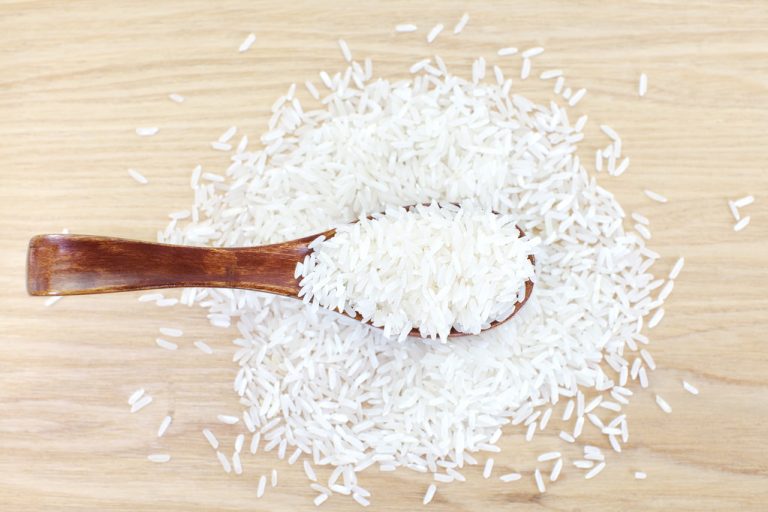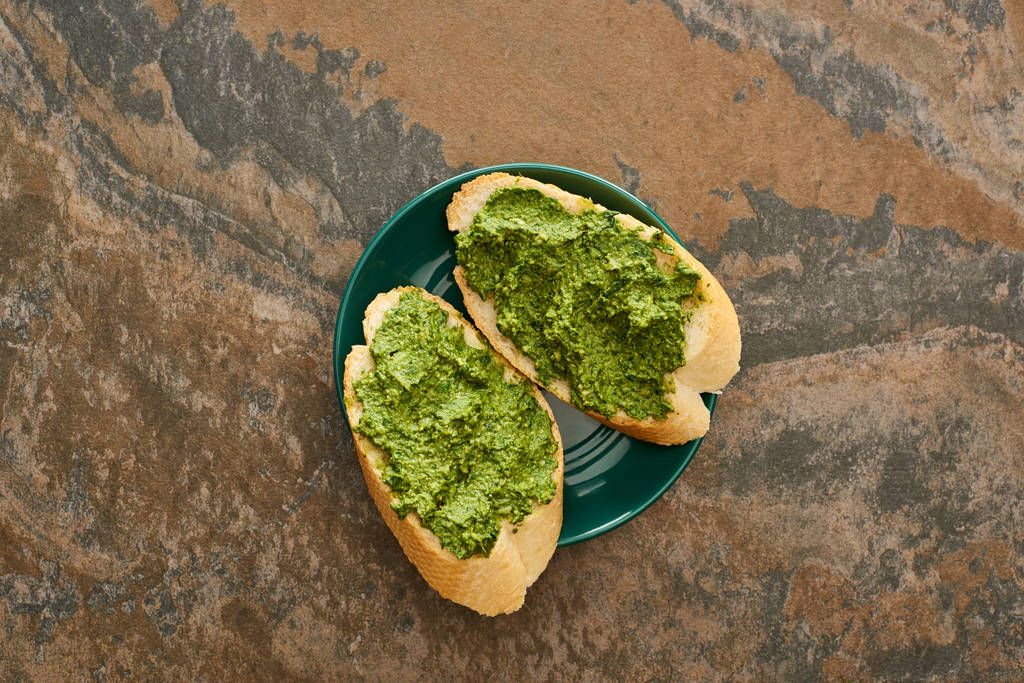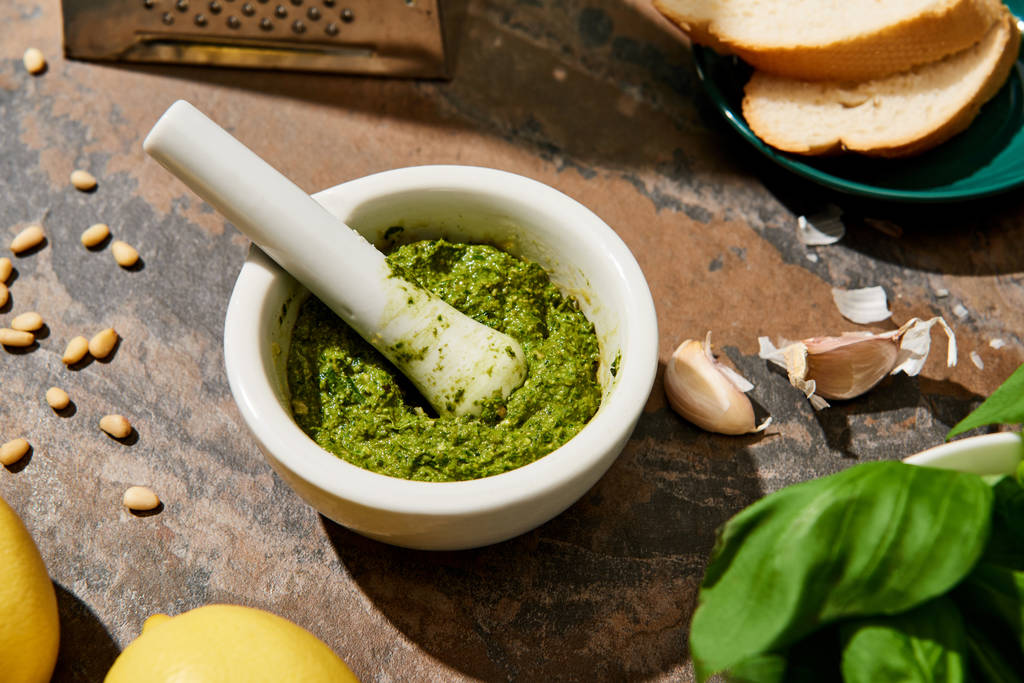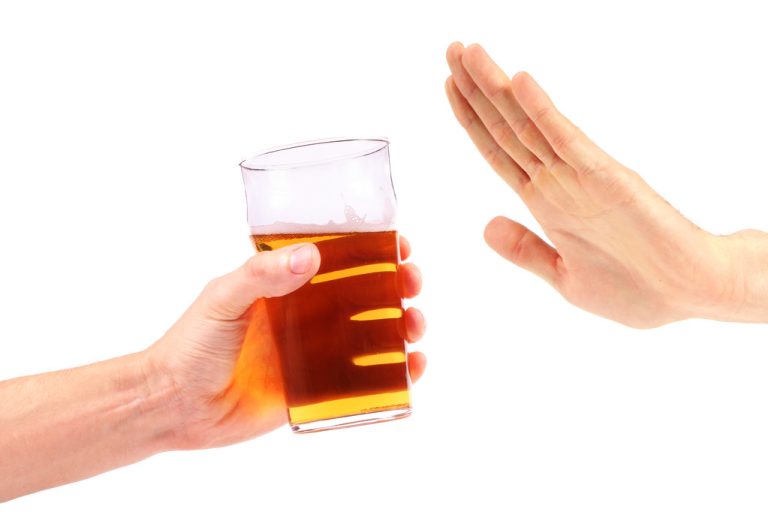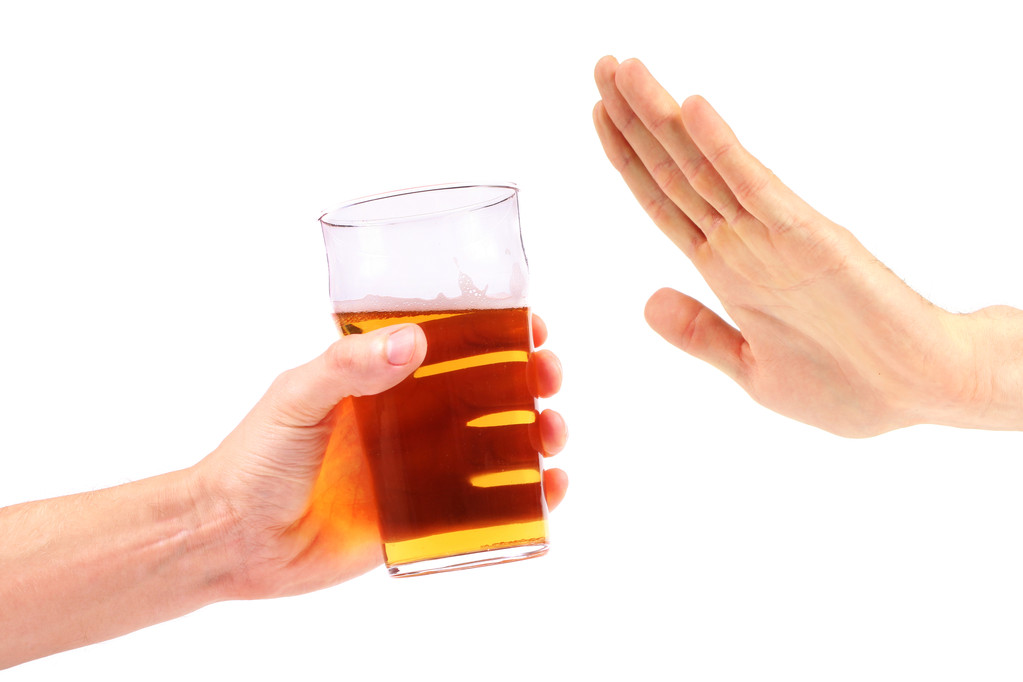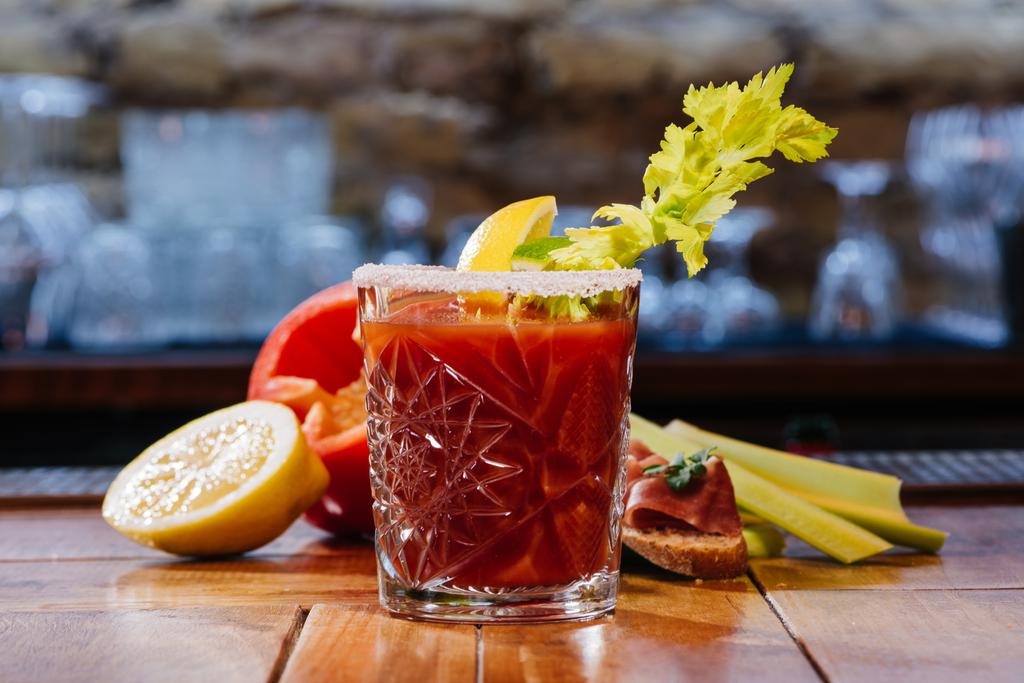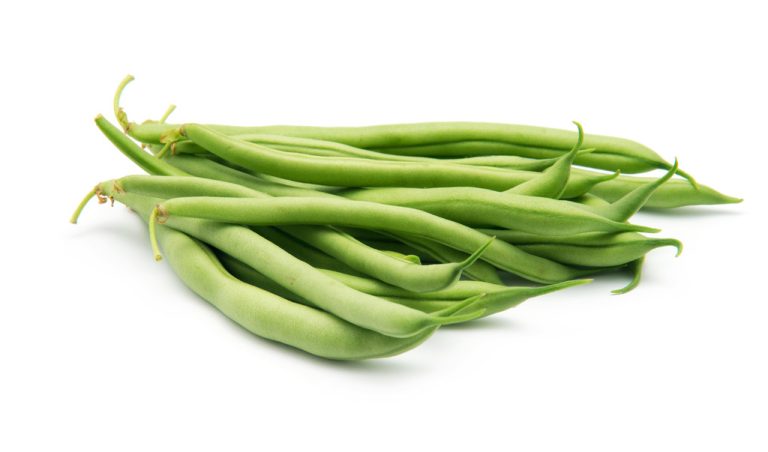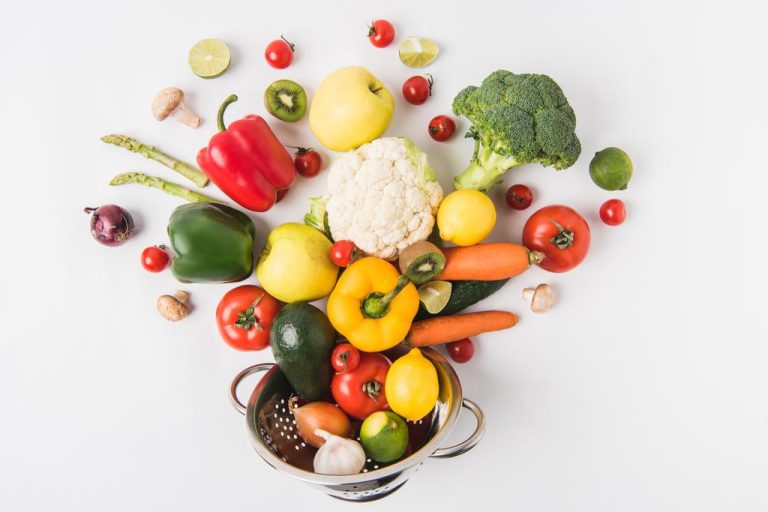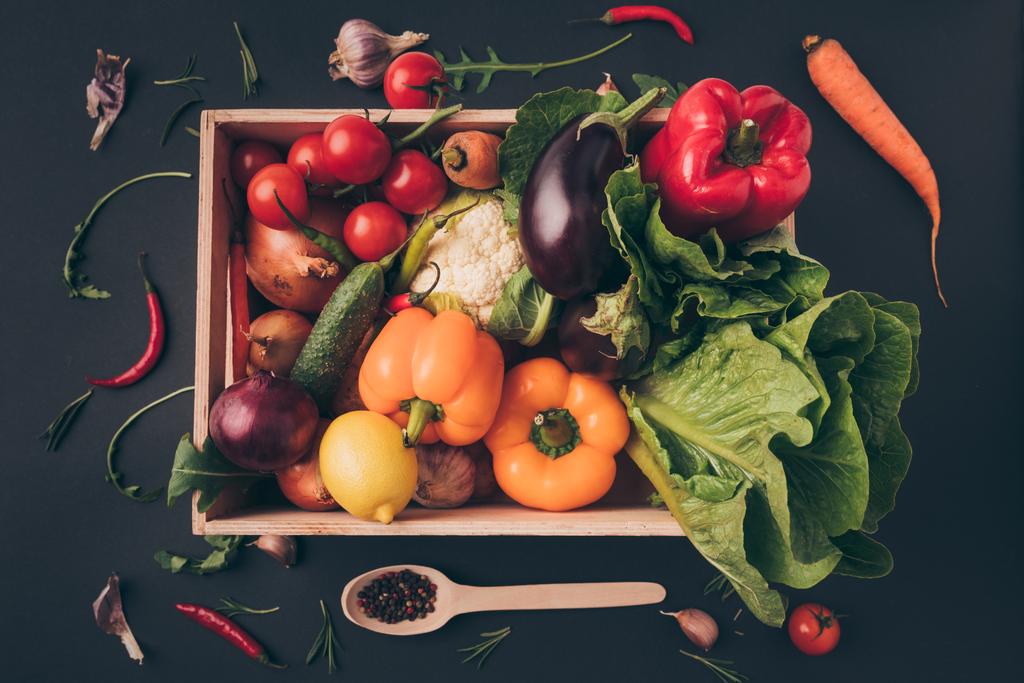You should definitely pay attention to these important points and criteria when buying mattresses. Think about which type of mattress suits your sleeping habits best, ideally sleep for several nights to see if the mattress really suits you. Instead of being dazzled by bogus discounts, elaborate shift constellations, and zones, take a look at the volumetric weight you are being offered: quality over quantity.
The problem with a new mattress
Rarely do you feel so let down as when you buy a mattress? There are countless models and all with adventurous names and features. Every specialist mattress shop tries to make buying a mattress a philosophy that only experts can understand. One is led to believe that there is only one suitable mattress for every person. Because how else can you justify over €1,000 for a mattress? And purely “by coincidence” mattress shops always have short-term special offers that discount their mattresses from €2,000 to just €1,000. An industry that cashes in on the ignorance of its customers. A good mattress can ensure a healthy sleep and combat annoying sleep problems.

1) Know the bargain trap
Unlike most products, when buying a mattress, a customer usually does not know what a good mattress really costs and what to look out for. Mattress dealers can therefore make it easy for themselves and advertise their products with bogus discounts. Specialist dealers boast discounts of 50% – 70% and online dealers usually have discounts of 50 to 100€ up their sleeves. But how do you know if these discounts weren’t priced in from the start? Unlike fashion or perishable goods, there is no reason why a mattress should be discounted. It doesn’t go bad, it doesn’t go out of style, and there’s no new model every year. So always only compare the final price, not the alleged “original price”.
2) Cold foam, spring core, memory foam, or latex?
There are a variety of materials used to make mattresses. When you buy a new mattress, you finally have a choice: Cold foam has been the most popular and proven material for decades. It lets the body sink in at certain points, but at the same time has a firmness that gives the body stability. In addition, cold foam is particularly breathable. Sweat can leave the mattress so quickly. Also, note tips for cleaning the mattress.
With innerspring or pocket spring mattresses, you lie on a large number of springs. Unfortunately, you start to feel the individual springs as soon as the mattress sags a bit. Innerspring mattresses are usually recommended for people who sweat a lot at night, as they are slightly more breathable than latex mattresses, for example.
Memory foam reacts to heat. The body quickly sinks into a memory foam mattress. What on the one hand often feels soft and comfortable at first quickly leads to the problem that it is much harder to turn on this foam in your sleep after sinking into it. Many people, therefore, sleep restlessly on a memory foam mattress. A shortcoming of memory foam and also latex mattresses is that more body surface is surrounded by the mattress due to a strong sinking of the body. As a result, you sweat faster.
Since latex is less breathable, bacteria and mold grow faster here than with other materials. One positive aspect of latex is its soft and springy properties. Therefore, people who sleep very softly like to sleep on latex mattresses.
3) How many zones should a good mattress have?
Zones should help the body, e.g. to give more stability to the torso and to put less pressure on the shoulders. Depending on the foam, this can make sense, but it is by no means a must. Ultimately, it is important whether you feel comfortable on your mattress and whether you can fall asleep well. You have to decide for yourself how much pressure is too much and when a mattress is too soft for you. One should beware of mattresses that are much too soft because if the mattress does not provide the body with sufficient stability, the spine suffers. Anyone who sells more than 3 zones usually tries to fool the customer. Because rarely is a 1.50m woman on the same 7 zones as a 2.00m man. Conversely, this means that the number of zones should by no means be seen as a quality indicator.
4) How many layers make sense
There are no studies that show that more layers make a mattress better. On the contrary: more layers usually mean more glue, and this reduces the breathability of the mattress. There is no rule of thumb as to how many layers really make sense. With more than 2 layers, however, one should start pondering at the latest how many of the lower layers really do not really only have a marketing function.
5) How thick should a mattress be?
Most mattress experts agree that a mattress should be at least 16cm thick to ensure durability and breathability. From about 20cm, the additional added value of the mattress thickness begins to disappear. This means that there is nothing per se against a 24cm thick mattress, you are just paying for something that actually does not provide any real added value.
6) What is the best quality indicator of a mattress?
The quality of a mattress can ultimately best be determined by its density. The density indicates how many kg of foam was used per cubic meter. The higher the heavier and the higher the quality of the mattress. The density has no influence on the mattress hardness. You can only speak of a quality mattress with a density of 40 kg/sqm. Really high-quality mattresses usually have a density of up to 50 kg/sqm.

Discounters, on the other hand, usually only have mattresses with a density of up to 35 kg/sqm. When we were looking for mattresses that value this quality criterion, we were particularly impressed by the Snooze Project mattress. Instead of advertising with empty marketing promises, high-quality materials were used here with the aim of being able to offer a high-quality mattress at the best possible price.
7) Double bed mattress or two single mattresses?
If you as a couple need two very different mattresses, two 80cm or 90cm mattresses can make sense. However, a good-quality mattress usually has such a high point elasticity that twisting movements on one side of the mattress should not affect the other side. You can therefore choose a mattress with a continuous core without hesitation and often be a whole lot closer to your partner.
8) Definitely try it out
Test lying is a must when buying a mattress. In a few minutes, you won’t know if the mattress really suits you. Buying a mattress with a right of return is usually better than a stressed testbed at a specialist retailer. This gives you the opportunity to find out over several nights whether the mattress is ideal for you. You can also enjoy a variety of mattress toppers that are designed to protect the mattress from dirt.



